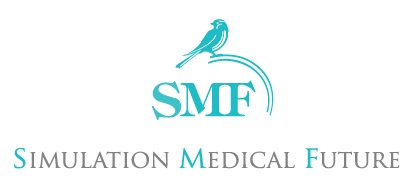UroS
Highest degree of realism
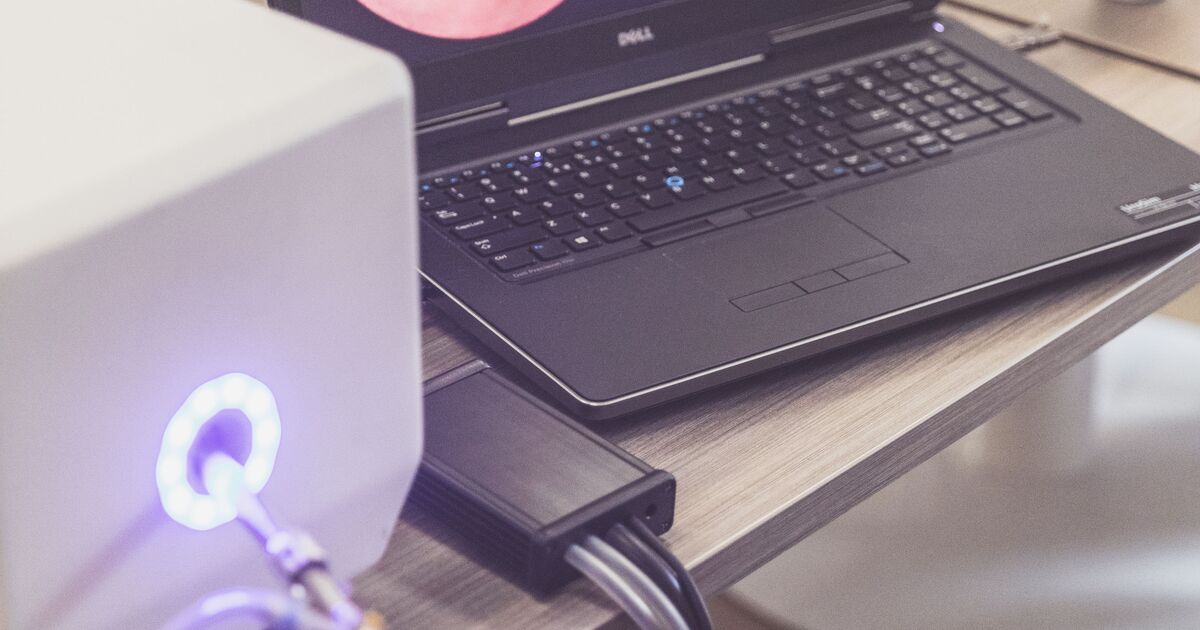
TURP Basic Skills
8 training cases familiarize trainees with transurethral urologic surgery. The basic training module trains on all skills necessary for successful execution of complete procedures at a later stage. It consists of various basic tasks, including visualizing important features like verumontanum or urethral openings, bleeding control and partial resection of the medial bundle or only of the lateral bundles. The aims of the training of this module are understanding the anatomic features/distinctions, intensity of sensation and hand coordination during the urologic surgery, as well as how to control the blood flow and bleeding for better visibility.
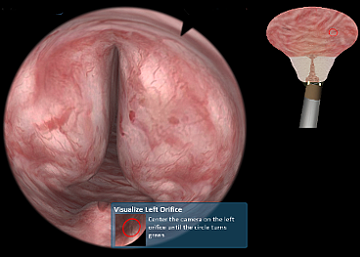
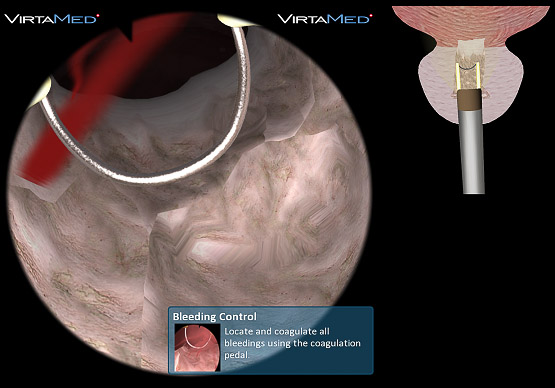
CompleteTURP procedures
8 training cases provide different (virtual) patients with various prostate sizes for a complete transurethral resection of the prostate (TURP) procedure. The complete TURP cases allow the trainees to familiarize themselves with every step of the complete procedures, while using an original active or passive resectoscope. A highly realistic scenario is created, which facilitates the skills transfer to the operating room. Trainees must control liquids correctly, coagulation and bleeding during the whole virtual operation and to consider the delicate zones, such as the bladder neck or the area close to the sphincter. The useful didactic tools, like the resection map, show the differences between the prostate tissue and the capsule.
TURP
8 virtual patients with different, multiple papillary and solid tumours of the bladder provide the trainees with the opportunity to carry out complete procedures for TURP in a safe environment, with no risk for the patient. The degree of difficulty of cases is different according to the type of tumors of the bladder, their location and the intensity of complications, for example, bleeding and risk of perforation of the thin/fine bladder wall. As in every simulation module, on VirtaMed the training process finishes with feedback at the end of the procedure. The report includes exportable video film about the procedure, photos/images and data.
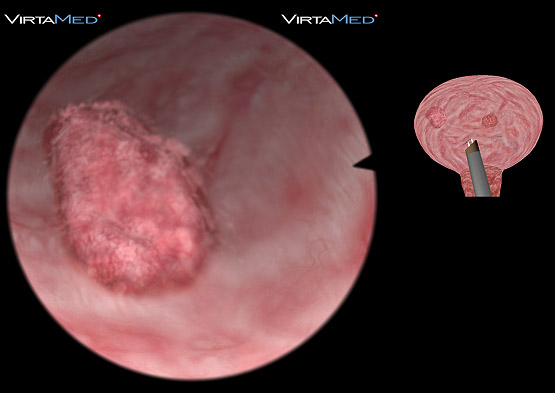
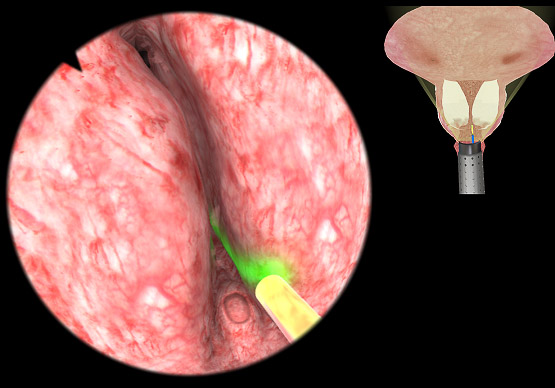
Laser BHL
It includes 4 training cases of partial and complete procedures with ThuLEP or HoLEP laser, which train the surgeons on removal of prostate tissue with various endoscopic laser techniques: vaporization, enucleation and vaporesection. The aim of the training module of BPH (Benign Prostatic Hyperplasia) is learning the various application settings of the degrees of power, as well as the differences and advantages of the improved techniques. Trainees gain experience of prostate removal, varying from 55 to 90 grams, while safely working with laser fibers. The original instruments require safe and correct managing of the liquid, camera and the laser intensity.
